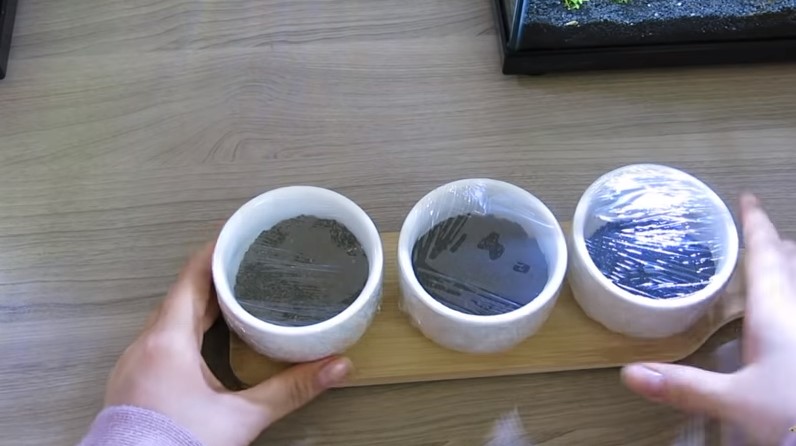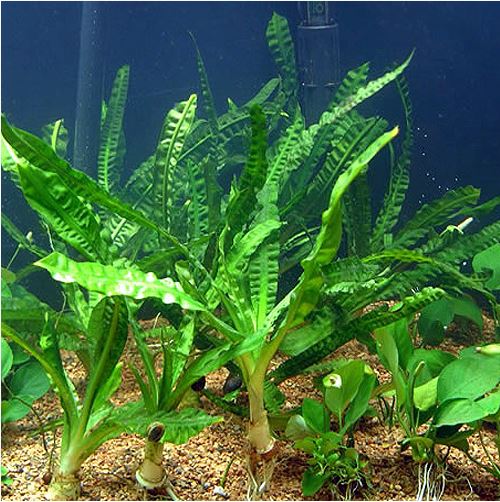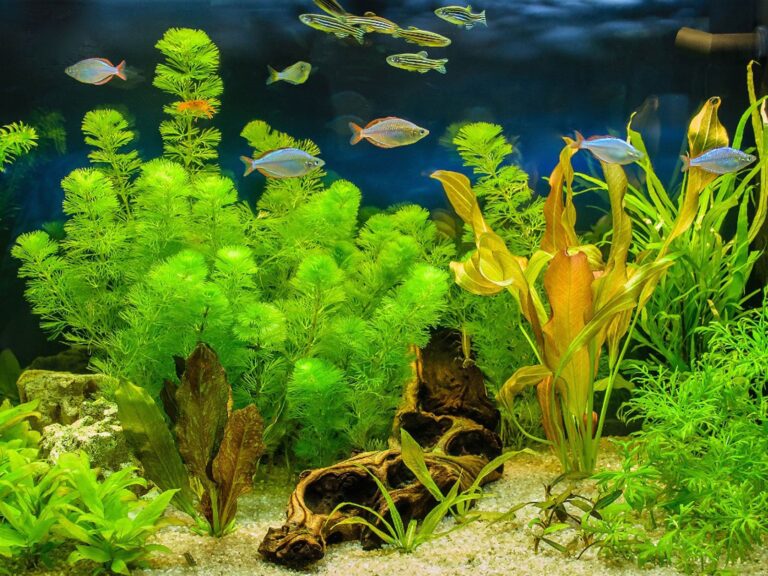Do Aquarium Plants Need Soil
Do Aquarium Plants Need Soil?
When setting up an aquarium, one of the key considerations is choosing the right substrate for your aquatic plants. While many people opt for traditional soil or gravel, there is a growing trend towards using specialized aquarium plant substrates or even going soilless. But do aquarium plants really need soil to thrive? Let’s explore the topic in depth.
Why Do Aquarium Plants Need Substrate?
Aquatic plants require a substrate to anchor their roots and provide a source of essential nutrients. The substrate also helps with the maintenance of healthy water parameters and acts as a medium for beneficial bacteria to establish and thrive. Additionally, a well-chosen substrate can enhance the aesthetic appeal of your aquarium, creating a more natural and visually pleasing environment for your plants and fish.

Understanding the Different Substrate Options
1. Soil-Based Substrates:
Soil-based substrates, often referred to as “dirted” substrates, consist of a layer of nutrient-rich soil covered with a cap of gravel or sand. These substrates provide a steady supply of nutrients to the plants, which can result in lush growth and vibrant colors. However, they require careful maintenance to prevent nutrient imbalances and the release of excess nutrients into the water column, which can lead to algae problems.
2. Aquarium Plant Substrates:
Specifically formulated for aquatic plants, these substrates are designed to provide essential nutrients while minimizing the risk of nutrient imbalances and algae outbreaks. They often contain a blend of clay, volcanic ash, peat moss, and other natural ingredients. Aquarium plant substrates are generally more expensive than soil-based options but offer convenience and reliable performance.
3. Soilless Substrates:
Hydroponic or soilless substrates, such as inert gravel or sand, do not contain any nutrients and rely on liquid fertilizers to provide essential elements to the plants. These substrates are popular among hobbyists who prefer more control over nutrient dosing and want to avoid the potential downsides of nutrient-rich substrates. They work well for low-demand plants or when used in combination with liquid fertilizers.
Advantages of Soil-Based Substrates
Nutrient-rich:Soil-based substrates naturally provide a continuous supply of nutrients for the plants, promoting robust growth and vibrant colors.
Cost-effective: Using locally sourced soil for your substrate can be a budget-friendly option, as it eliminates the need for purchasing specialized substrates.
Natural and balanced:** Soil-based substrates mimic the natural conditions found in aquatic ecosystems, providing a conducive environment for both plants and beneficial bacteria.
Advantages of Aquarium Plant Substrates
Convenience: Aquarium plant substrates are pre-packaged and ready to use, eliminating the need to prepare and monitor homemade soil-based substrates.
Controlled nutrient release: These substrates are formulated to release nutrients slowly, ensuring a steady supply without the risk of nutrient spikes or imbalances.
Algae prevention: Aquarium plant substrates often include components that inhibit the growth of algae, creating a more favorable environment for the plants while suppressing unwanted algae blooms.
Advantages of Soilless Substrates
Flexibility and control: Soilless substrates allow for precise control of nutrient levels, making them suitable for advanced aquarists who prefer a more hands-on approach.
Reduced risk of nutrient imbalances: With a soilless substrate, you have more control over the nutrients your plants receive, minimizing the chances of excess or deficient levels.
Ease of maintenance: Soilless substrates are generally easy to clean and maintain, as they don’t break down or release excess nutrients into the water column.
Frequently Asked Questions
Q: Can I use regular potting soil for my aquarium plants?
Regular potting soil is not recommended for aquarium plants, as it often contains additives or fertilizers that can harm aquatic life. Additionally, it may lead to significant nutrient imbalances, resulting in algae outbreaks.
Q: Do all aquarium plants require a substrate?
While some aquatic plants can be grown without a substrate by attaching them to rocks or driftwood, most plants benefit from a substrate that provides anchorage, nutrient absorption, and the establishment of beneficial bacteria.
Q: How deep should the substrate be for aquarium plants?
Aim for a substrate depth of around 2-3 inches for optimal root growth. This depth allows for the penetration of roots without creating anaerobic conditions in the substrate.
Q: Can I mix different types of substrates in my aquarium?
It is possible to combine different substrates in your aquarium, such as a layer of soil-based substrate covered by a cap of gravel or sand. This can provide a balance between nutrient availability and aesthetics.
Q: How often should I replace the substrate in my aquarium?
Substrate replacement is not necessary unless you encounter significant problems, such as excessive algae growth or foul odors. Regular maintenance, such as vacuuming debris, is usually sufficient to keep the substrate clean.
Final Thoughts
While aquarium plants can thrive with different types of substrates, the choice ultimately depends on your preferences, the plants you wish to grow, and the level of involvement you desire. Soil-based substrates offer natural richness but require careful management, while aquarium plant substrates provide convenience and balanced nutrition. Soilless substrates give you maximum control over nutrient levels but may require more hands-on maintenance. Consider your goals and resources when choosing the right substrate for your aquarium, and enjoy the beauty and benefits of a well-planted aquatic ecosystem.




